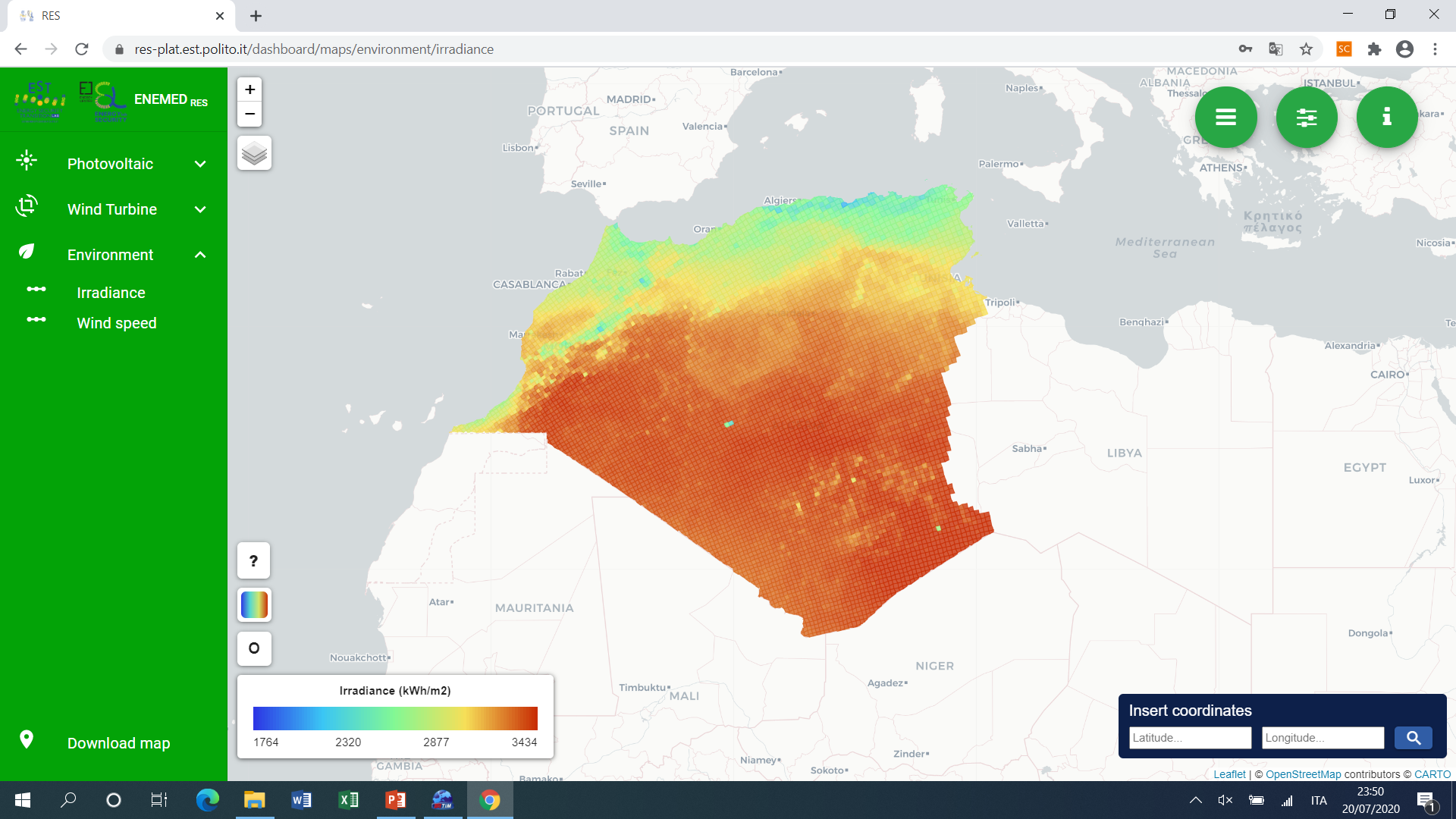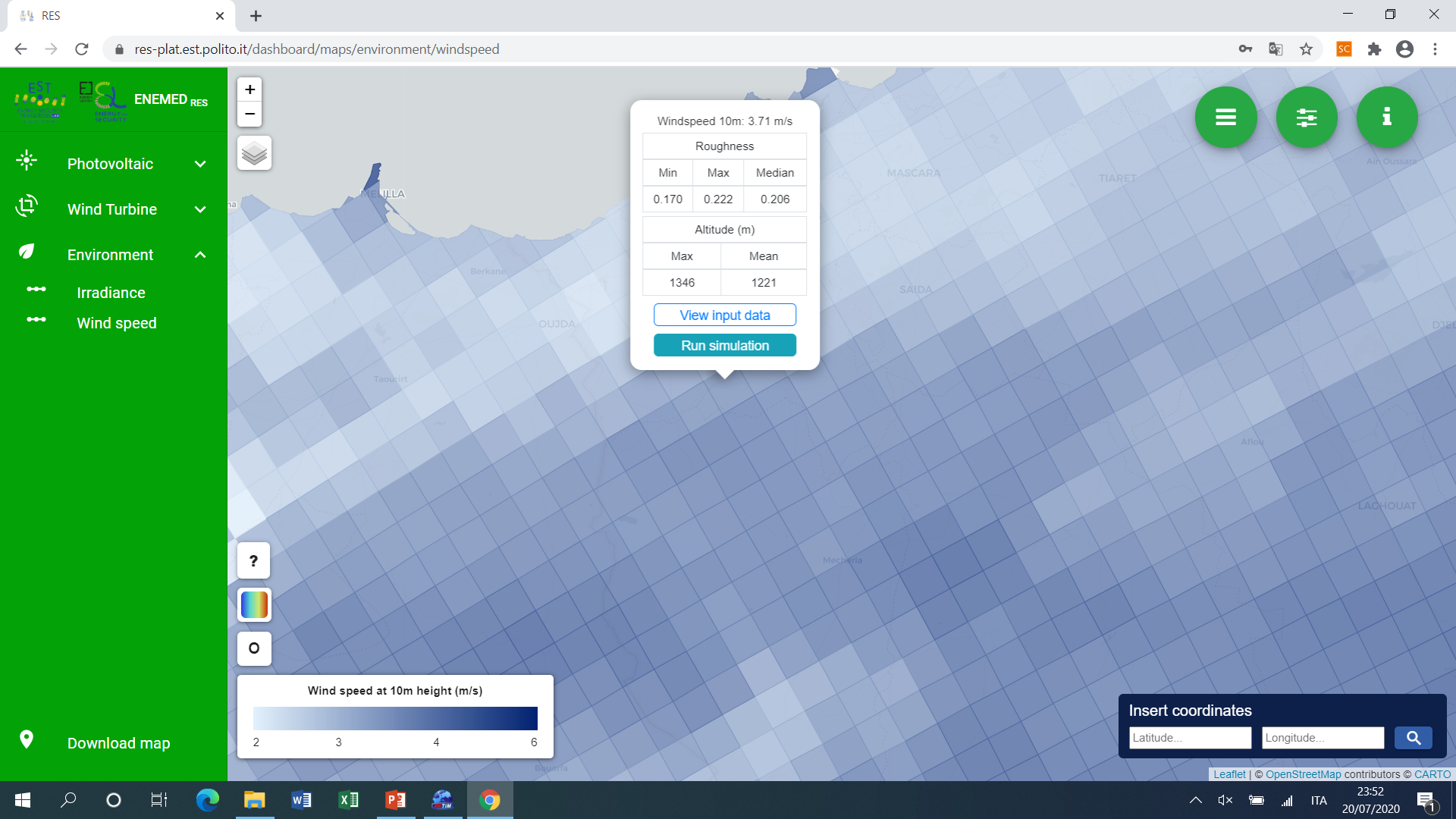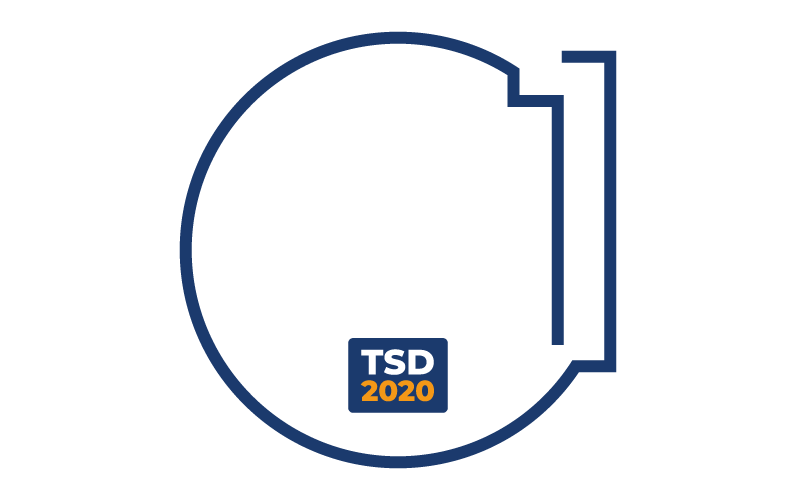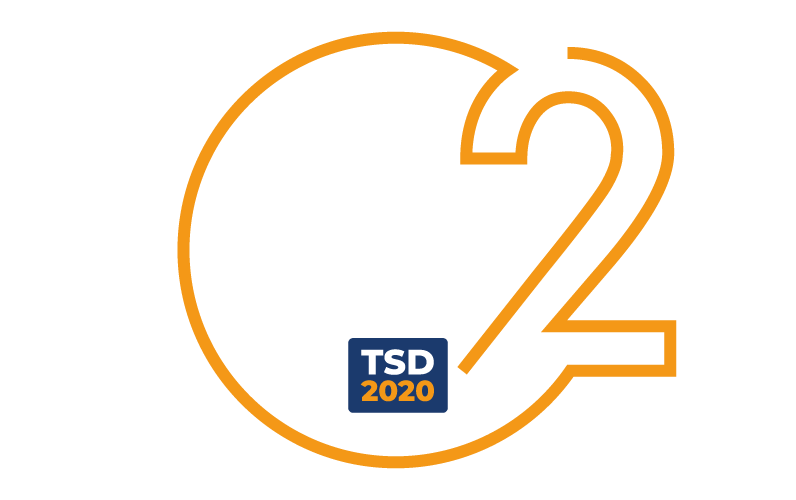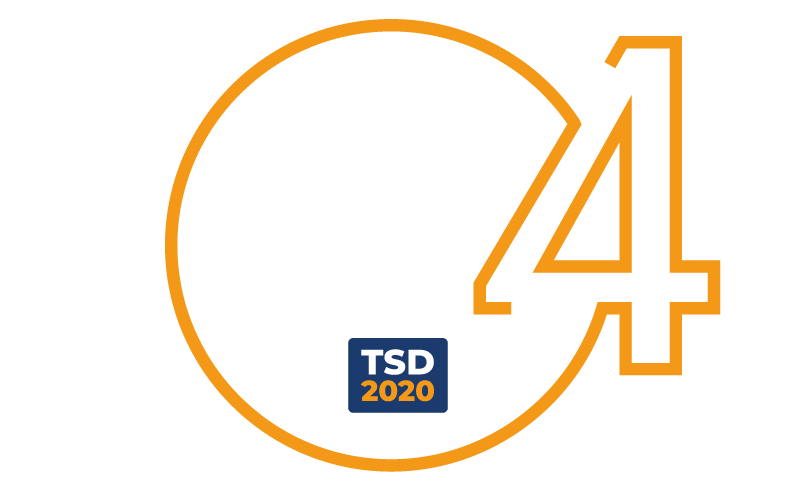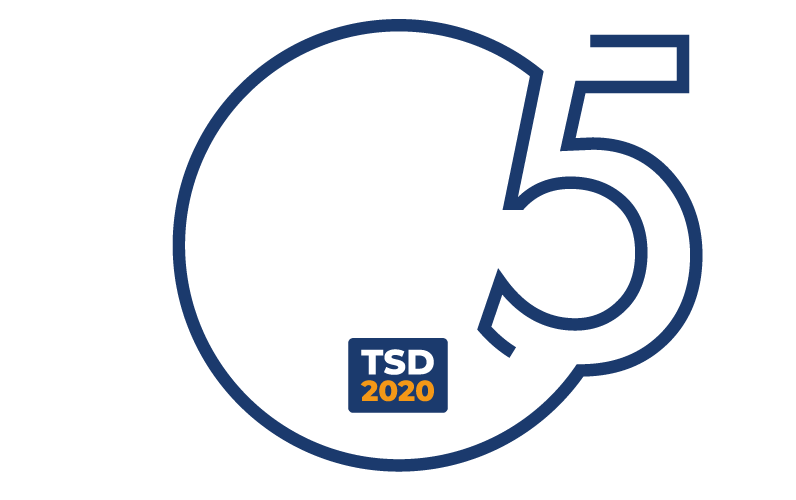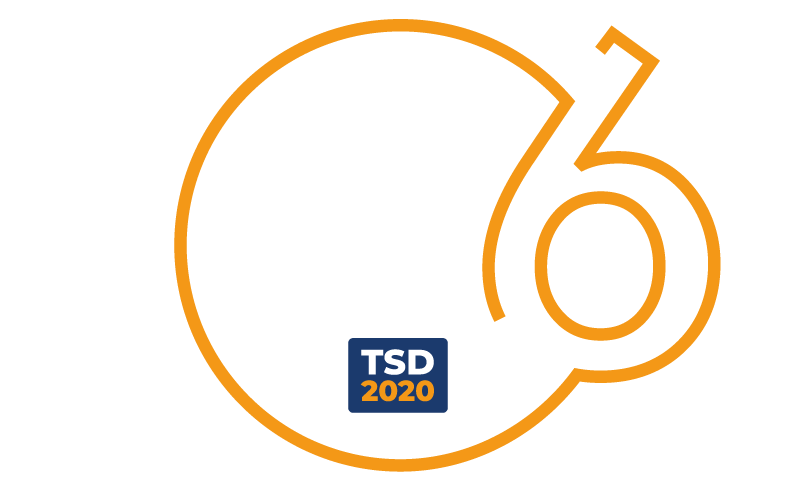The goal of the RES-Plat platform (available online, with access reserved to registered users) is to provide an integrated solution that couples a database specifically developed for the purpose, an interactive geo-referenced representation, the implementation of mathematical models and an user interface devoted to the energy, environmental economic analysis of energy systems, with particular reference to RES. It is based on a proprietary database, powered by different publicly available datasets, from which information relating to different parameters (global radiation, air temperature, wind speed, altitude, type of terrain, roughness of the terrain) is extracted, and it is organized in 6 sections: Maps (display of the producibility maps associated with different photovoltaic and wind technologies, of irradiance and wind speed, according to various administrative subdivision levels); Data (exploration of the data contained in the database); Manage DB (possibility to make changes to the database and to the configuration parameters of maps and simulations); Cases (possibility to view the previously built cases or to create a new case); Analysis (carrying out simulations, through the calculation kernel); Results (visualization of the results, in terms of electricity production with different time granularity, financial metrics and environmental impacts). The platform has some innovative features, including the complete integration of the interactive cartographic section, which allows a precise analysis of the characteristics of the territory and the definition of different criteria of suitability / non-suitability of a site according to the technology to be installed and to physical, environmental and topological parameters, thus allowing to have a pre-screening of the analyzed territory.






